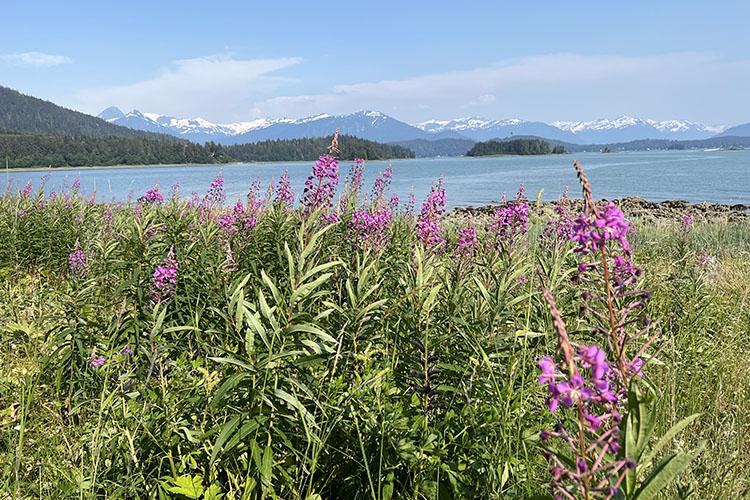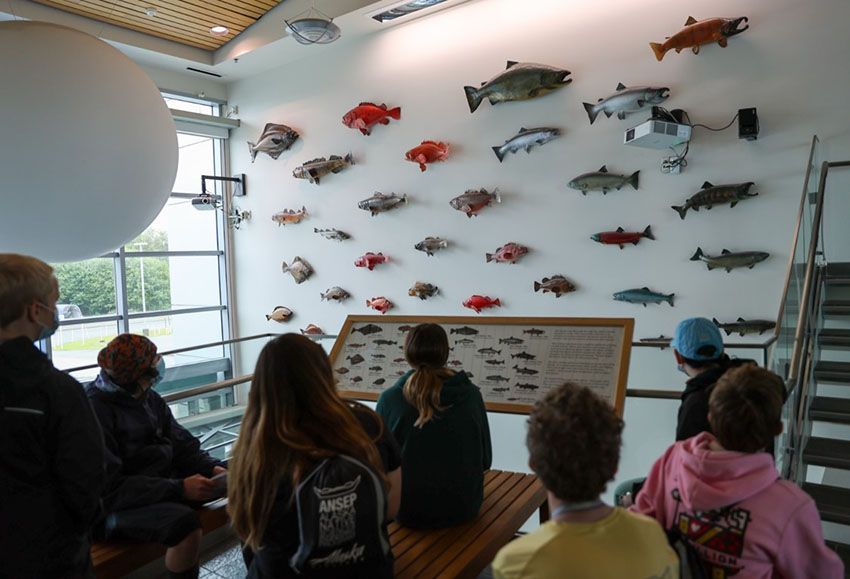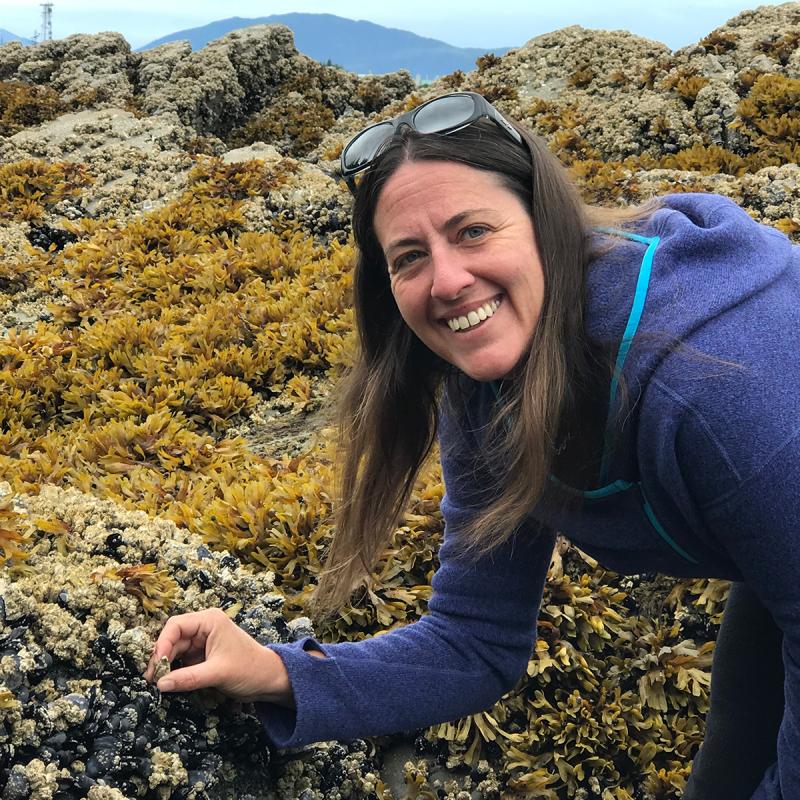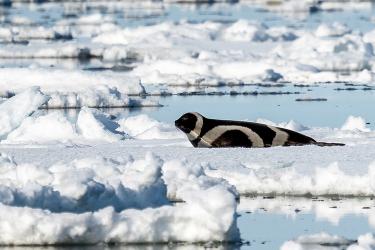Summer in Juneau, Alaska kicked off with warm temperatures and sunny skies. It also heralded the start of summer camps and outdoor education experiences for students across Alaska.
Sealaska Heritage Institute Opening the Box STEAM Academy - Stewards of Haa Aani’
Sealaska Heritage Institute’s Opening the Box STEAM Academy focused on Traditional Ecological Knowledge and STEAM career connections. Students earned high school credit while working alongside Elders and professional researchers. The overarching goal was to inspire campers to learn, grow, and drive the change that honors the values of the Tlingit, Haida and Tsimshian people of Southeast Alaska. Campers built their learning around the four core values:
- Haa Aaní - Our Land
- Haa Shuká - Our Past, Present, Future
- Haa Latseen - Our Strength, Leadership
- Wooch Yax̱ - Balance, Reciprocity, and Respect
NOAA Fisheries scientists partnered with Sealaska Heritage Institute to co-develop a week of hands-on learning, reflection, and place-based analysis of how water quality impacts the health of salmon populations and other aquatic organisms in Southeast Alaska. Mornings were filled with a variety of field-based activities such as water quality sampling, surveying the intertidal for sea star abundance and health, and meeting with NOAA Fisheries scientists to learn about career pathways in STEAM, just to name a few.
The Marine Science and Traditional Ecological Knowledge or Stewards of Haa Aani’ Strand encouraged campers to use their natural ability to observe the surrounding world, make connections, and engage in steps to be the voice for the past, present and future. Campers were given time to reflect on their own experiences, the experiences of others, and draw on that knowledge to find positive paths forward.
Discovery Southeast Outdoor Explorer Camps
NOAA Fisheries scientists partnered with Discovery Southeast to provide place-based, hands-on programming for their Outdoor Explorers summer camp. Whether it was learning about Juneau’s aquatic ecosystems or how to identify plants and seaweeds, campers engaged in hands-on learning through play and exploration of their natural surroundings.
Alaska Native Science and Engineering Program Middle School Career Explorations Camp
Middle school students attending the Alaska Native Science and Engineering Program (ANSEP) Career Explorations Camp spent a week in Juneau taking part in hands-on activities based in science, technology, engineering, and mathematics (STEM). Campers met with industry professionals, University of Alaska faculty, and staff from federal agencies, including NOAA Fisheries, to learn how math and science are used in real-world careers.
Campers toured Auke Bay Laboratories and had an opportunity to ask NOAA scientists and University of Alaska students about their individual career paths. Students also participated in a number of hands-on activities that challenged them to build on their previous knowledge and skills and make new discoveries.
Stay tuned for the next post where I highlight NOAA Fisheries’ work with summer interns from Sealaska Heritage Institute’s Opening the Box Internship Program.














